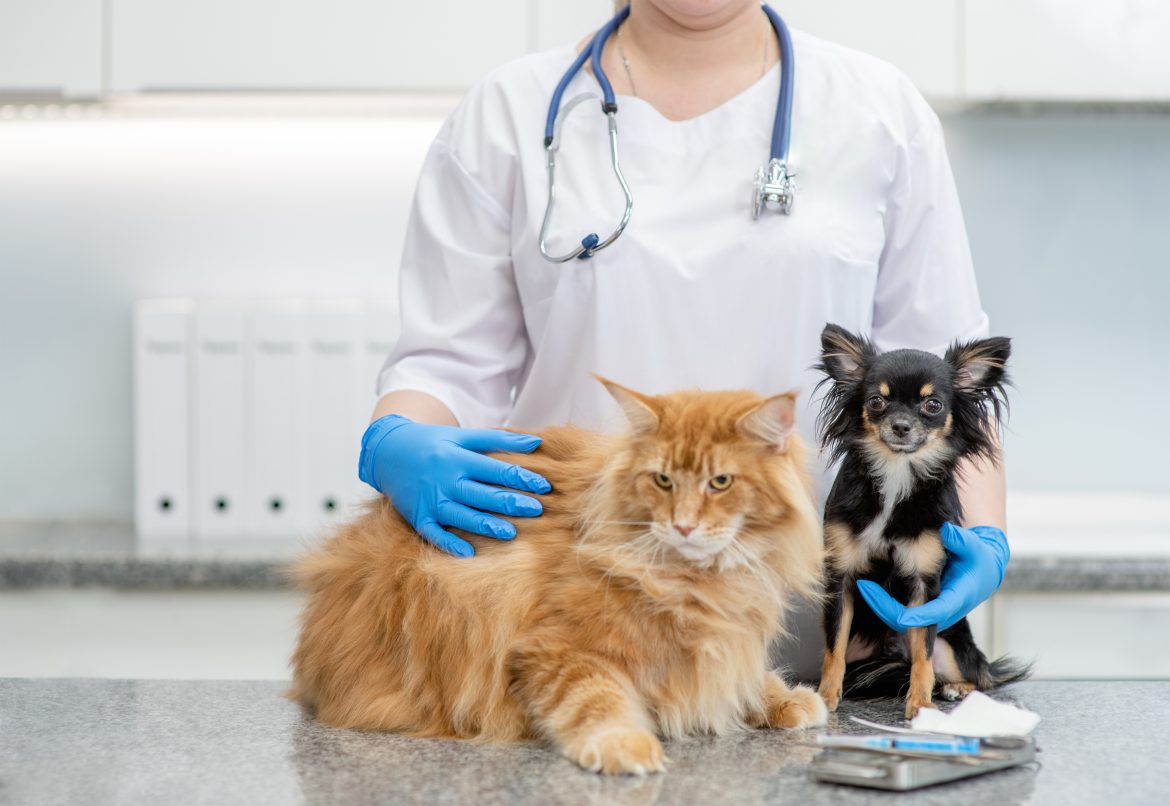It’s important that you know the symptoms to look for to get your fur baby proper medical care
Your precious pet is part of your family. They are your best friend, but sadly, our fur babies can’t talk. That’s why you need to know the warning signs to look out for to take your pet to the vet.
Of course, going to the vet isn’t cheap which is why we often skip on the routine care and check-ups and leave the vet for emergencies only. And truth be told, this is not a good strategy.
Get paid before you see the vet
This is where pet insurance comes in. There are a number of pet insurers out there and you certainly have a few options, but there is only one that pays you before you see the vet, and that’s Oneplan Pet Insurance.
They also include routine care like dental work and check-ups in their pet cover plans, which means that you no longer need to wait until it is too late to see the vet. The thing about routine care is that it can help detect and prevent underlying diseases and issues before they become a serious (and expensive problem). So do yourself a favour and get pet insurance.
The warning signs that you need to take your pet to the vet
1. Strange eating habits
If your pet skips more than three meals and does not want to eat, then something is up. Two days without eating means your pet needs to see the vet.
2. Excessive thirst and frequent urination
It’s good to know and notice how much your fur baby is drinking every day. But if you are filling up his water bowl more than normal, then he might have an issue like kidney disease or diabetes.
3. Dry or rough coat
Your pet’s coat should be shiny and soft. When his coat is dull, dry, rough or has bald patches then this might indicate an underlying issue. Maybe his food, an allergy, or skin disease is the problem – but you need to get him to a vet to make sure.
4. Seeming tired and rundown
Fatigue and lethargy are signs that your fur baby is troubled. If your pet does not seem interested in playing, walking or doing things he normally loves for more than two days, then see a vet.
5. Vomiting
Dogs and cats will occasionally vomit (or bring up a hairball, in the case of cats). This is normal, but vomiting should be a concern if:
- Vomits several times in a row
- Vomits frequently
- Vomits blood
- Has a fever
Severe vomiting can lead to dehydration which is a serious issue.
6. Strange poop
Your pet’s doo-doo is an indicator of her health. A healthy pet will have firm and moist stools. Hard and dry stools may be a sign of dehydration. Take your pet to the vet if:
- There are worms in the stool
- She has diarrhoea for more than 24 hours
- She strains to go to the toilet
- There is mucus or blood in the stool
7. Unexpected and sudden weight loss
Even if your fur baby is overweight, if he has a sudden loss of weight then you need to get them to the vet. If your pet loses more than 10% of their weight in a short space of time, then see the vet.
8. Red or cloudy eyes
Red or cloudy eyes, squinting, or excessive puss-ey discharge around the eyes could be a serious issue such as infection or injury.
9. Dragging his rear
This is more for dogs than cats. When your dog drags his bum along your carpets or outside on the grass, then this might be a sign of worms, diarrhoea, infected or blocked anal glands, or a urinary tract infection.
10. Emergency symptoms
You need to see the vet immediately if your pet has any of the below symptoms:
- Stopped breathing or is unconscious
- Sudden collapse or difficulty to breathe
- Hard and swollen abdomen
- Open wounds or possibly broken bones – from an accident like being hit by a car
- Repeated vomiting or vomiting up blood
- Seizure
- Extreme pain, seen as shaking or whining
- Bleeding from their mouth, eyes, or nose
- Possible poisoning from eating something toxic
Remember that your pet is a survivor by nature, so they will work hard to cover up their symptoms and seem healthy on the outside. This is why you need to be aware of any of the above issues to make sure your fur baby is as healthy as can be and is treated immediately when he is not.
Yours in Not-So-Average Pet Advice,
The Petinsurance.co.za Team



